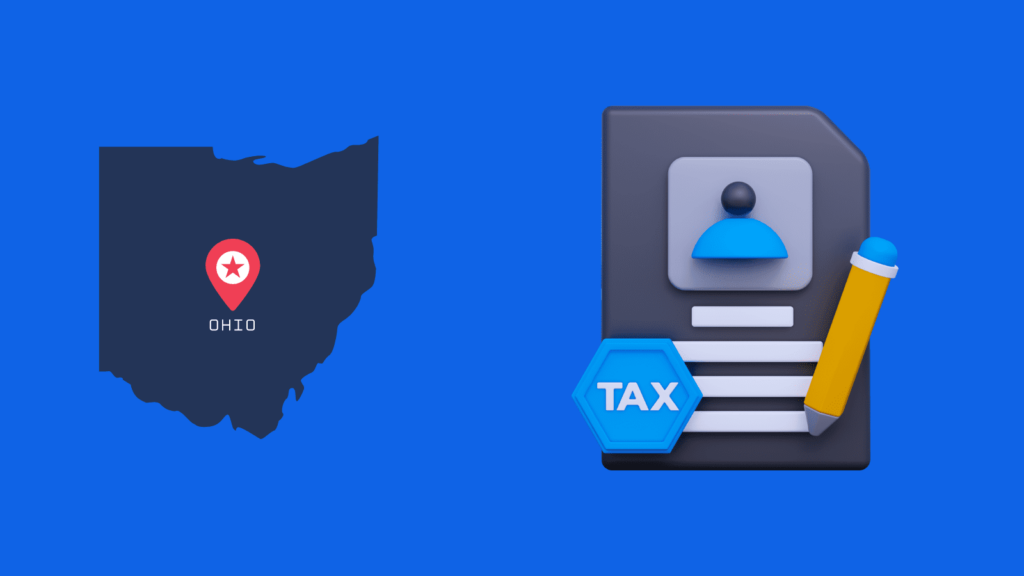Everything You Should Know About Estimated Taxes in Ohio for 2023
February 1, 2023

peakreliance
Accounting, Bookkeeping, Taxes
Are you an Ohio resident preparing to file taxes in 2023? If so, you may be wondering how estimated taxes work in your state. Understanding the ins and outs of Ohio’s estimated tax system is essential if you’re a small business owner, freelancer, or anyone else who is self-employed. Knowing the estimated tax requirements in Ohio and the associated deadlines will help you stay compliant and avoid any penalties. With this guide, you’ll get an overview of everything you need to know about estimated taxes in Ohio for 2023, including the filing requirements and due dates. You’ll also find out the estimated tax rate and whether you need to make estimated payments. Read on to get a complete picture of Ohio’s estimated tax system and be ready to file in 2023.
What are estimated taxes?
Estimated taxes are payments that individuals and businesses make to the government throughout the year. These taxes are estimated because they’re usually paid on a quarterly basis and not on a set date like with a yearly W-2. Estimated taxes are generally used for people who receive income that isn’t W-2 taxable like investment income, self-employment income, and other types of freelance earnings. These taxpayers have to make estimated payments to the IRS to cover their tax liability.
Who has to pay estimated taxes in Ohio for 2023?
Depending on your 2023 income, you may be required to pay estimated taxes. If you are self-employed or receive income from investments, you may have to pay estimated taxes. The government requires these payments to ensure you have enough money to cover your taxes during the year. Even if you don’t have to pay taxes during the year, many people who pay estimated taxes still receive a tax refund.
What is the estimated tax rate in Ohio for 2023?
The estimated tax rate in Ohio for 2023 is 15%. The estimated tax rate applies to the tax liability of your 2023 gross income, less the standard deduction and itemized deductions. The estimated tax rate is not the same as the marginal tax rate, which is the rate you will pay on your taxable income. Estimated taxes are calculated with an annual estimate based on your 2023 annual gross income.
When and how do you pay estimated taxes in Ohio for 2023?
The due dates for estimated taxes in Ohio for 2023 are the same as the federal due dates. If you are an individual, you must generally make your first estimated payment for the year in the month of April. You must make quarterly payments throughout the year, even if you have no tax liability during that year. You can pay quarterly taxes online using Ohio’s online e-payment system. If you are a business, you also make estimated payments, but the due dates are based on your fiscal year.
What happens if you don’t pay estimated taxes in Ohio for 2023?
If you fail to make estimated payments in Ohio for 2023, you’ll get hit with underpayment penalties. The total amount of penalties is generally 50% of the additional tax you owe. If you don’t pay your estimated taxes on time, it’s best to talk with a tax professional to find out what you can do to correct the situation. There are some options for taxpayers who are behind on estimated taxes and have a tax debt. You can request a payment agreement with the IRS, apply for an Offer in Compromise, or request a payment plan.
How to calculate estimated taxes in Ohio
The best way to calculate estimated taxes in Ohio is to use a free calculator on an online tax preparation site. You should have an idea of what your gross income will be for the year and take the standard deduction, if applicable. Once you have that information, you can plug it into the calculator and it will give you an estimate of how much you should pay.
What are the deadlines for estimated taxes in Ohio in 2023?
If you are self-employed, you must make estimated payments throughout the year. There are two exceptions: the first is if your income is below a certain threshold, and the second is if you are new to the self-employment tax. If you fall under one of these two categories, you are only obligated to pay one estimated payment during the year. The remaining estimated payments are due on the following dates: * April 15 – First quarterly payment * June 15 – Second quarterly payment * September 15 – Third quarterly payment * January 15 – Fourth quarterly payment
Are there any exceptions to the estimated tax rule in Ohio?
There are some exceptions to the estimated tax rule. If you are a farmer who anticipates owing less than $1,000 in taxes, you don’t have to pay estimated taxes. Students who work part-time also don’t have to pay estimated taxes.
Need help with your estimated taxes in Ohio? Contact us at +1 (718) 218-5558 or [email protected] to learn more about our services and get expert assistance with your tax obligations.
Post Tags :
Estimated Taxes, Ohio
About Us
Empowering small businesses and individuals with efficient and reliable bookkeeping & tax services.





